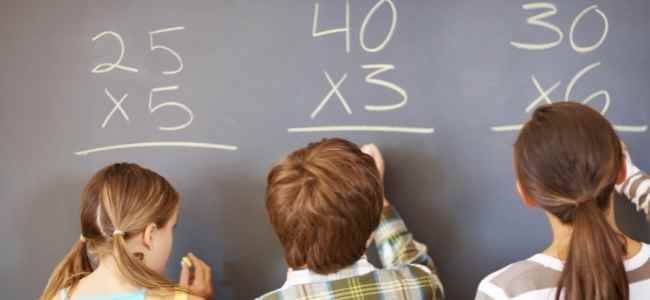Multiplication is one of the four basic fundamentals of mathematics apart from addition, subtraction and division. Math is present in our everyday life and so is multiplication, we cannot go through our day without encountering multiplication in our practical life. Hence it becomes essential to have an understanding of the multiplication table of all the numbers.
Multiplication tables can continue up to any numbers, but only the tables from 2 to 20 hold the relevant importance. If caught hold of these tables well, the students can gain expertise in math calculations, number crunching for them will get better, and they will have more confidence in facing the math problems. Also, in real-life scenarios, students will be able to figure out the calculations in their memory or at their fingertips. Suppose if you go out with your friends to buy chocolate, the shopkeeper tells you the price of one chocolate. You are five friends, so it would be much easier to multiply the cost of chocolate by 5 in order to find the total amount to be paid to the shopkeeper rather than adding up the cost of chocolate five times. Multiplication can also be referred to as repetitive addition; hence, the tables save you from unwanted calculations.
If the multiplication tables are learnt well, it will help the students figure out the pattern that the numbers follow in each of the tables. Observing patterns is an excellent skill to have, especially in mathematics, as math is all about solving patterns. Multiplication tables will also help the kids develop a strong foundation of maths which will help them in their further studies. Having a sound knowledge of the multiplication tables will also help the students take up the examinations quickly where there are time boundations as they will be able to do quick calculations.
Anything, if practised over a period of time, leads to excellency, same goes with the multiplication tables. They might seem complicated and confusing, but if the basic concept is taught to the child and if the child keeps up with regular practice, picking up multiplication tables won’t be a problem.
Children should start with skip counting. Like 2, 4, 6, 8, and then skipping to three skip counting. This will help them understand the underlying basics of multiplication. Starting off with written practice and then if they can say it orally that means they are well-versed with it, and then can be proceeded to further higher numbers gradually and can be told how this skip counting is equivalent to multiplication.
On learning the multiplication tables of 2 and 4 students will notice that the series appearing in one of the tables doesn’t appear in the other table, and will try to remember the pattern each number follows.
Multiplication is everywhere starting from the measurements of the ingredients in the kitchen for preparing food to the stock markets. Math, as we know, is a number manipulation game. If the multiplication tables are understood and learnt well, it becomes easy to understand the mechanism needed to solve the manipulations.
People who are considered experts at calculations and can solve problems quickly are not very intelligent. They have mastered the art of arithmetic related to multiplication that helps them do mental math at a faster speed. In general, people relate quick mathematical abilities as higher intelligence, but it is because of these few tricks that help in the long term when well-practised.
Children can also refer to some fun math games to memorize the multiplication tables. Some online education websites like cuemath also offer interactive games and material for the students to help them understand such math concepts in a fun way.

